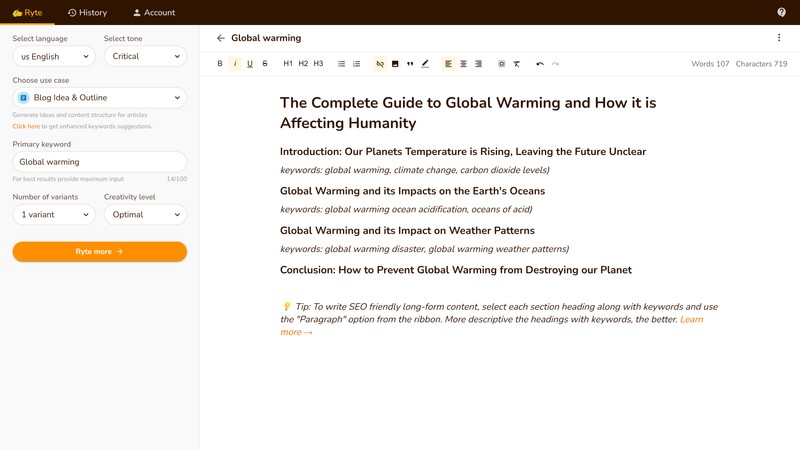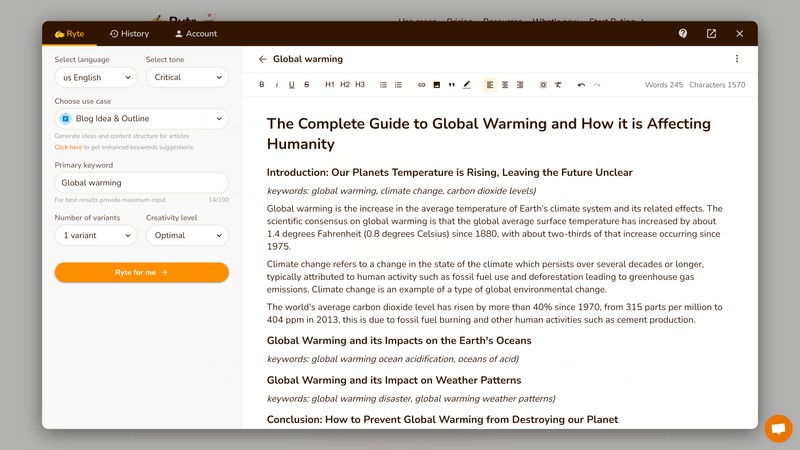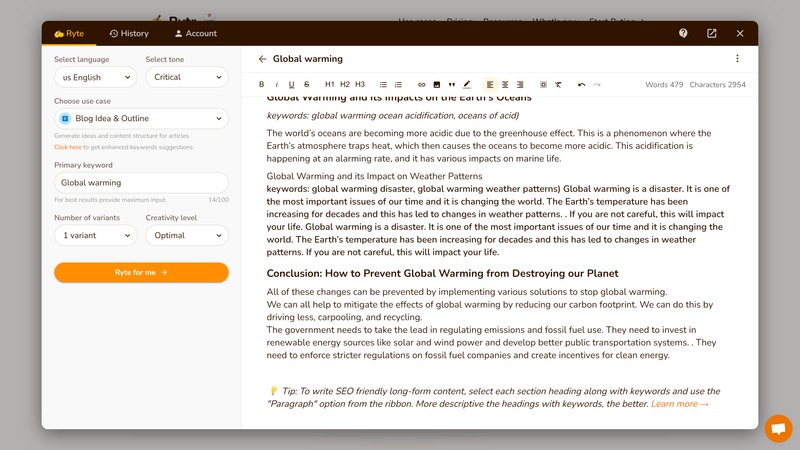Your Go-To Guide to Writing Effective Blog Posts
June 28, 2022
Introduction to Blogging – what is a blog post, how do you create one, and what are the benefits?
A blog post is a type of article that is published on a blog, typically with the goal of providing information, entertainment, or inspiration. Blog posts are often accompanied by images, videos, and/or graphics. Blog posts can be used to share your thoughts and expertise on topics you are passionate about. They can help you build your personal brand and establish yourself as an expert in your field. These worded beauties can also be used to drive traffic to other pages on your site or to other sites that you are affiliated with.

Blogging is a popular form of online publishing. There are many blog platforms, resources, and categories to choose from. When starting your blog, you will need to determine what type of blog you want to create and what blogging platform you would like to use.
One can get into blogging as a profession or merely express themselves. It is a great way to put down your thoughts and build a brand for yourself or someone else. Blogs can be as simple as talking about the day/a trip you took OR complex ones talking about the existence of life.
Whichever your go-to is, we’re here to help you with the simplest of tips to get your blogging game on.
How to Write a Blog Post – Tips and Tricks to Creating a Powerful Blog Post
Blogging is one of the most powerful ways to get your voice heard. Let’s get started with some of the basics which would help you in creating a powerful blog post.
1) Define your topic: We all love defined structures & well-defined topics. You need to be super crisp about the topic you want to write about and stick to it throughout. Remember, we have to present a well-balanced meal, and not a buffet of various exotic cuisines.
2) Create an outline: Once you have zeroed upon your topic, you would want to break it down into sub-headings or outlines. Do I want to write about Global Warming? Yes, but what all aspects must I cover? You see, you would come across a lot of broad topics and it is humanly impossible to cover everything under one write-up. Hence, you must jot down a rough outline of the areas you would want to cover.
Getting confused? Let our AI jump in and do some legwork for you.

3) Give a detailed introduction: Let your readers cut through the chaos with your crisp introduction. Explain what topics you would be touching on, mention what your reader can learn from the blog and try to highlight the keywords for your ‘busy’ reader to skim through.

4) Write the conclusion: A conclusion is like a yummy dessert that gets served after a hearty meal. Remember, a bad sweet serving can often ruin the entire entree experience and we surely don’t want that. We don’t have to go overboard with lengthy conclusions- after all, nobody (mostly) prefers a prolonged goodbye. Some up your blog, keep an open ending where you ask for feedback/opinions or just leave them wanting for more- your call!

5) Proofread your blog post before publishing it: No matter if you’re a beginner or a master, you can (and should) never avoid proofreading. We understand that you may be having a bunch of blogs to complete in a day, but that shouldn’t hold you back from going through your piece once (or twice) before you hit that ‘publish’ button. Trust us, stupid typos and shameful grammatical errors won’t look good amidst your otherwise perfect piece.

Blogging For Businesses
Today, online presence has become a (almost) necessity for all sorts of businesses. Whether you’re a multinational brand or upcoming e-commerce, you need to set up an attractive and informative website for your business.
Once your basic website is live, undoubtedly the blogging section becomes an inseparable part of the same. From dispersing more knowledge about your product/services to SEO purposes, blogs often come out as unsung soldiers of the army of your growing business.
Here are some quick steps to get you started with your business blogs:
Step 1 – Define Your Blog’s Purpose
A blog is a great way to create content for your business and help you attract new customers. It’s also a good way to provide value to current customers, as well as keep them up-to-date with what’s happening in your industry.
Blogs can be used for many different purposes:
– To attract new customers
– To provide valuable information to your existing clients
– To keep current clients updated on what’s happening in your industry
– For general knowledge or education purposes (e.g., blogging about life, parenting)
– For generating targeted traffic to other areas of the website (e.g., blog posts on a specific product)
Step 2 – Understand Your Audience
This is the most important step in the writing process. You need to know who your audience is and what they want. When you are writing, you should always keep in mind that your audience is a human being and not just a group of people.
A good way to start with this step would be by creating personas for your audience. A persona is an imaginary character created to represent your target audience in a more tangible way.
It may seem difficult at first, but it will help you understand what they are looking for and what their needs are so that you can provide them with the best possible content that will resonate with them on an emotional level.
Step 3 – Research keywords to optimise your blog
This is the step where you need to do research on the keywords that you want to target. You need to make sure that your blog contains relevant keywords in order for it to rank higher in search engines.
There are a number of tools available which can help you find the best keywords for your blog post. You can use Google’s Keyword Planner, SEMrush, and Moz’s keyword tool among others.
Helpful Tools for Creating Quality Content
It’s 2022 and having some virtual assistants at your disposal won’t hurt. Here are some of the most loved tools you can include in your virtual blogging gang to create quality content.
1. Google Docs: It is a free online word processing tool that allows multiple people to edit the same document at the same time, and it saves automatically as you are typing. Not only this, but it can do some basic grammar/spell check for you and tell you about your word/character count.
2. Grammarly: This is another app that checks for errors in grammar, spelling, and punctuation on your behalf so that you can focus on what really matters – content creation.
3. Rytr: Well, this one is a no brainer. We’re sure that y’all are aware of our blog use case and more. But hey, that’s not all, here are some other functions that can help you really ace your blogging game.
Conclusion
Well, who knew blogging could be so straightforward? Now that we all know about it, we would love to see your amazing blogs created using these simple tips. Don’t forget to share them with us at [email protected]
PS, here’s something that would help you overcome your blogger’s block 😉
Happy Blogging!